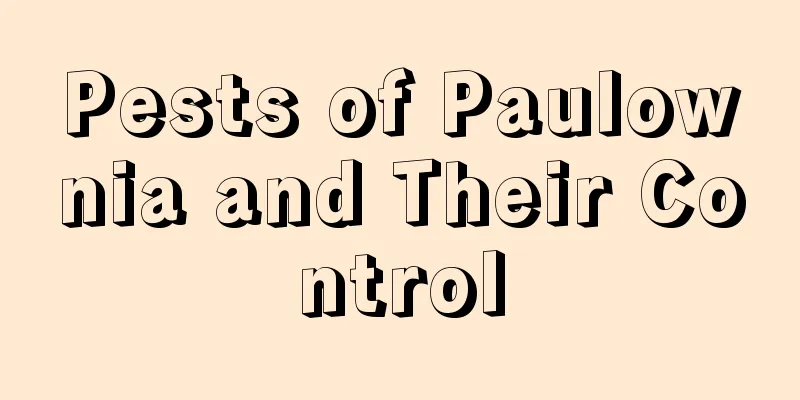Management techniques for strawberries in March

|
As March approaches, the temperature gradually rises and strawberries enter a critical growth period. At this time, the ripe fruits should be picked in time, and water and nutrients should be replenished to ensure the normal growth of the plants and lay the foundation for high yield. Let’s learn about strawberry management techniques in March. 1. Cold and heat preservation Although the temperature rises in March, you still need to keep warm. The time for putting down the straw thatch should be flexibly adjusted according to the outside temperature. When the greenhouse temperature is below 12℃, the straw thatch should be put down in time. While ensuring the temperature, try to extend the lighting time. In case of continuous snowy weather, the ventilation time can be appropriately reduced and thatch can be covered in advance. Coal fire should be avoided for heating in the greenhouse to prevent harmful gases from harming the plants. In rainy and snowy weather, the snow on the greenhouse film and straw thatch must be cleared in time to ensure the insulation effect. 2. Fertilizer and water management March is a critical period for the flowering and fruiting of strawberry side flower buds, and reasonable fertilizer and water management is essential. If there is insufficient fertilizer and water at this time, it will easily lead to premature aging of the plants and affect the overall yield. According to the growth of strawberries, appropriate amounts of water and nutrients should be added to ensure healthy growth of the plants. 3. Temperature and humidity control In March, special attention should be paid to the temperature and humidity management in the greenhouse: the temperature should be controlled at 20℃~25℃ during the day and 6℃~8℃ at night. The humidity is controlled at 60%~70%. After watering, ventilation needs to be strengthened and humidity reduced. At the same time, the greenhouse film needs to be cleaned regularly to increase light transmittance and create a good environment for strawberry growth. 4. Pest and disease control March is the peak season for strawberry diseases and pests, so we need to do a good job of prevention: Clean the plants: remove old leaves, diseased leaves and remaining fruit stalks promptly to reduce the source of disease. Spraying foliar fertilizer : regulates plant growth and promotes healthy development. Disease prevention and control: Focus on preventing strawberry powdery mildew and gray mold, especially in low-temperature and low-sunlight weather, when gray mold is prone to occur. The plants need to be checked every day and diseased fruits should be removed promptly. Pest control: After the temperature rises in mid-to-late March, the humidity in the greenhouse decreases, and pests such as aphids, thrips, and red spiders are prone to occur. The plants need to be checked regularly and pesticides should be used promptly if pests are found. 5. Notes 1. Reasonable picking: Pick ripe fruits in time to avoid over-ripening that affects quality and plant growth. 2. Ventilation: Ventilate regularly to keep the air circulating in the greenhouse and reduce the chance of diseases and pests. 3. Clean the greenhouse film: Regularly clean the dust and debris on the greenhouse film to maintain good light transmittance. The above is an introduction to the key points of strawberry management in March. You can refer to it according to the actual situation and do a good job of management to achieve high strawberry yields.
|
<<: Grape Management Techniques in March
>>: Management techniques for kiwifruit in March
Recommend
Lettuce planting method and steps, lettuce cultivation technology and time
Lettuce is a vegetable that we often eat in our d...
Cultivation methods and precautions for potted lemon trees
1. Breeding methods 1. Potting soil: It likes bre...
How to grow jasmine well?
Jasmine is loved by many people for its fragrance...
How to plant Liubeili in pots
Prerequisites for planting Liubeili in pots Befor...
How to prune asparagus fern
When to prune asparagus fern Asparagus fern can b...
How to grow succulent plants
1. Choose a pot Choose one with good permeability...
What are the cultivation methods and precautions for potted Milan?
Milan Introduction Milan is a plant of the genus ...
Is the yellow jasmine poisonous?
1. Basic Introduction The branches of the yellow ...
What fertilizer is the best and most vigorous way to grow sweet-scented osmanthus (Key points for fertilizing ground-planted sweet-scented osmanthus trees)
Fertilizers that Osmanthus likes There are many t...
Can Wogan be potted?
Can Wogan be potted? Wogan can be grown in pots, ...
What month is the best time to sow loofah?
Luffa needs sufficient sunlight during its growth...
Tulip planting method and time: when is the best time to plant tulips?
Tulip planting season Tulips are mostly planted i...
What is coriander?
What is coriander? Coriander belongs to the genus...
When is the best time to prune Daphne koreana
The effect of pruning Daphne Pruning Daphne korea...
Precautions for watering green radish
How to judge whether to water To know when to wat...









